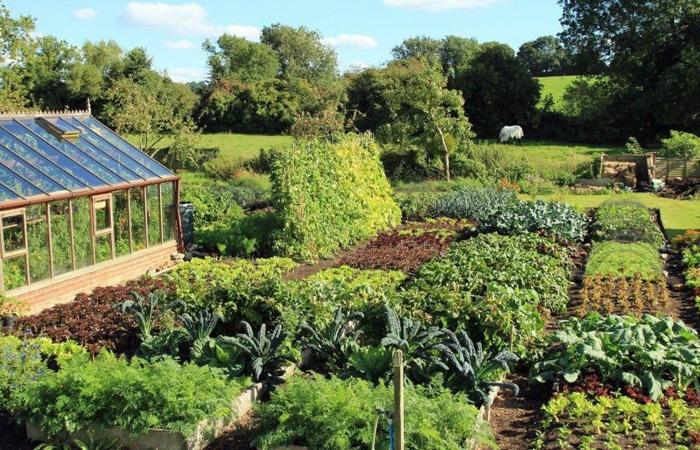Rethinking Lifestyle
More About Critters

Mother Nature does a fantastic job of keeping our earth covered in green plants. She might be the expert to consult on growing green plants – her methods differ substantially from ours but maybe we could mimic them more closely than we do. I am going to follow part of Gabe Brown’s summary of her practices, as outlined in his book “Dirt to Soil” and ponder if they are doable in a farm setting.
Do not disturb – No tilling machines seem necessary in nature. Still new plants do sprout up. When the soil is left in peace the microbes, especially the mycorrhizal fungi, thrive. We tend to think of survival as a competition. In fact it is a cooperative venture. This is seen very clearly in the soil. Green plants feed microbes in the soil – these microbes, in turn, feed plants.
Keep the soil covered – The residue from each season becomes a blanket, but still new plants do sprout up. This blanket catches, absorbs and holds moisture, breaks the force of precipitation, resists erosion, feeds the microbes as they break it down, and moderates soil temperature. That blanket is necessary, especially in a dry spell or climate. Significantly however, in a farming scenario it is critical to keep the carbon/nitrogen ratio of the crop residue within a particular range so that the soil biology can break it down, and the nitrogen in the soil will be available for the crops. This ratio varies greatly from crop to crop. In the correct range that residue will break down quickly. Details of how to reach the necessary ratios is beyond my scope here but is available.
Plant life is diverse – No monoculture. One enlightening experiment showed that a test strip planted with a six-species blend yielded 2 to 3 times as much biomass as the single species strips. The explanation goes like this: Microbes get a far more diverse diet from the root exudates of multiple species of plants. When they are thriving they in turn feed the crop roots. The crop thrives. Apparently this effect explodes once that diversity reaches 7 or 8 species. How would you do that in practice? Each situation is unique. One option: increase diversity in crop rotations – plant highly diverse cover crops into the stubble after harvest. This practice also reduces pest problems. Fields that are residence for multiple species of plants tend to host multiple species of insects – they rarely support a pestilence of one type, particularly if there is also an area on the farm that supports the life cycles of predator insects who then control would-be pests. This can be done in small strips that are not generally useable as crop land.
Living roots are present in the soil at every possible moment – When one type dies back in its cycle another is thriving. Think about this: solar energy is being transformed into biological energy whenever there are living plants. Harness it! Your “underground livestock” are being fed by the additional liquid carbon coming from the living roots, so they can continue to cycle nutrients into the crops. And if moisture is an issue, increasing living matter in the soil is a key to increasing its ability to hold moisture. Approximately 2/3 of any increase in organic matter in the soil is due to roots. A single cereal rye plant root may be 372 miles long! It’s root hairs 6,123 miles more! There is a harvest underground, if not above ground, which serves the production of food.
The question I left you with last week was: Can we farm without tillage? Can we actually depend on invisible life forms in the soil to do our work? The answer is a resounding YES. In fact we must change our practices so that we are in fact nurturing microbes. They, in turn, will nurture our crops and our pocketbooks. You see, when the system is working the way it does in nature we need not add things to it. Nitrogen is plentiful in the air. Minerals are almost always present in the soil. Access to all the essentials is virtually unlimited when microbial life is abundant.




